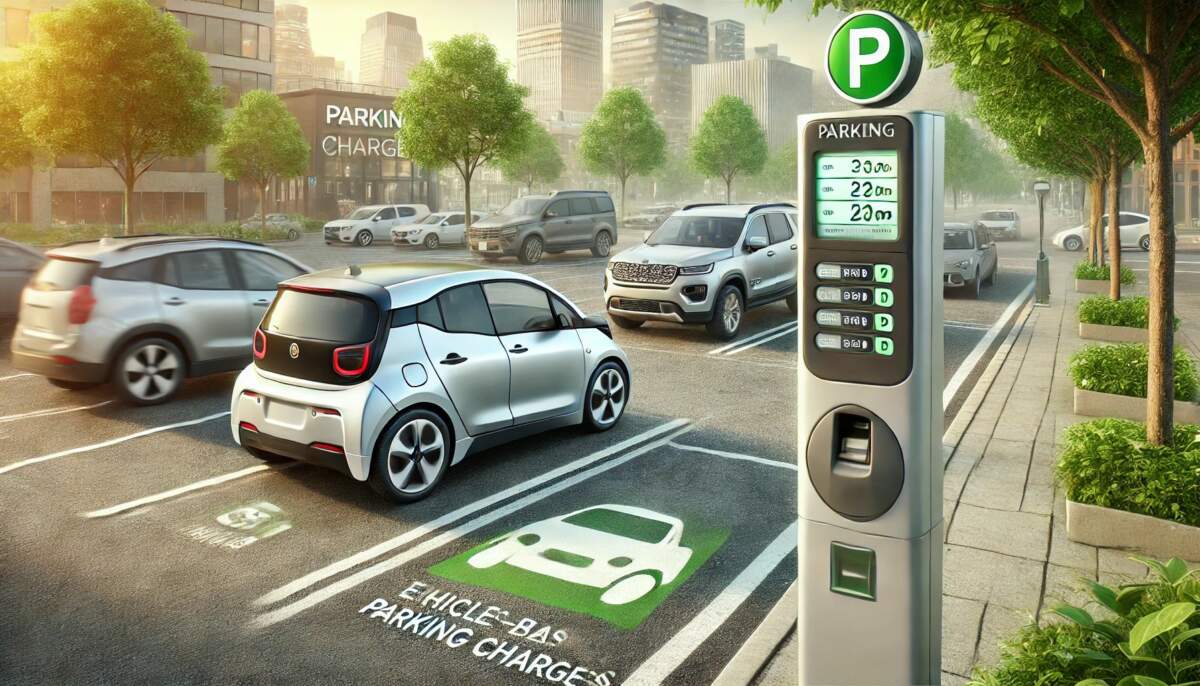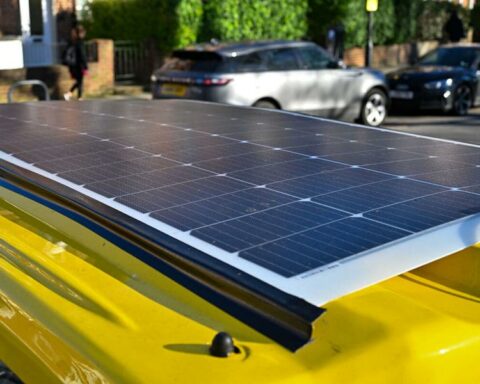Council introduces emissions-based parking charges, linking fees to vehicle pollution levels in a bid to improve air quality and promote sustainable transport
Hounslow Council has announced the implementation of an emissions-based parking charge system as part of its newly approved Parking Strategy. This initiative aims to enhance air quality, encourage sustainable transport, and promote the overall health and wellbeing of residents.
The council’s move follows a growing trend among London boroughs to implement measures that prioritize environmental responsibility. By linking parking charges to a vehicle’s Carbon Dioxide (CO2) emissions, Hounslow seeks to create a fairer and greener borough where vehicle owners are incentivized to choose cleaner modes of transport.
Under the revised scheme, parking charges will be determined based on the environmental impact of vehicles. Previously, the borough had a three-band system for emissions categorization. However, the newly introduced plan expands this to seven bands, allowing for a more precise assessment of CO2 emissions from different vehicle types.
The principle behind the emissions-based parking system is straightforward: the more a vehicle pollutes, the higher the parking fee. Vehicles producing lower emissions will pay significantly less than their high-emission counterparts, encouraging residents and businesses to consider greener vehicle options. Additionally, the updated parking charges will not only apply to on- and off-street parking but will now also extend to resident and business parking permits.
As part of the new policy, a diesel surcharge will be introduced. Since diesel vehicles produce more CO2 emissions compared to petrol vehicles, owners of diesel and diesel-hybrid cars will face additional charges. These measures align with broader efforts to curb harmful emissions and improve air quality in the borough.
At this stage, motorcycles remain unaffected by the changes. However, Hounslow Council has confirmed that a separate consultation regarding motorcycle parking fees will take place in the coming months.
To ensure a seamless transition, the emissions-based charges will be immediately visible when paying for parking through various payment methods, including the PayByPhone system, contactless payment terminals, and PayPoint machines. Residents and drivers can also verify their vehicle’s CO2 emissions and determine their specific charging band by entering their vehicle registration number on the DVLA website.
To help residents and businesses adjust, the council has made a detailed charging chart available for public reference. By providing clear information and guidance, the council aims to make the process as transparent and accessible as possible.
Hounslow Council’s decision to introduce emissions-based parking follows an extensive consultation process involving residents and businesses. The feedback received played a crucial role in shaping the final strategy, ensuring a balanced approach that considers both environmental and economic factors.














